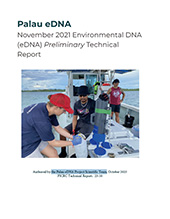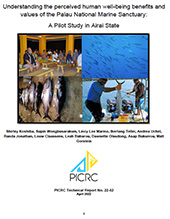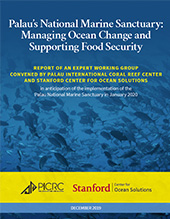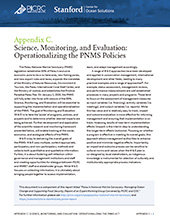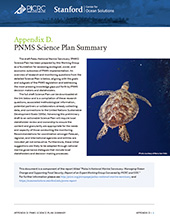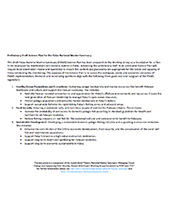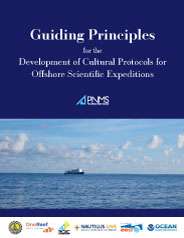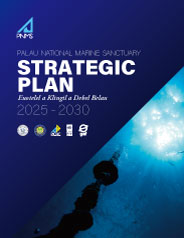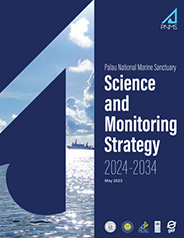Palau National Marine Sanctuary
Euotelel a Klingil a Debel Belau (Palau National Marine Sanctuary)
On January 1, 2020, the Palau National Marine Sanctuary (PNMS) went into effect, closing 80% of Palau’s Exclusive Economic Zone (EEZ) to all forms of extractive activities including all types of fishing. Referred to in Palauan as Euotelel a Klingil a Debel Belau, the PNMS is among the world’s biggest marine protected areas. The remaining 20% of Palau’s EEZ is designated as a Domestic Fishing Zone (DFZ) that will support food security and bring more economic benefits to the people of Palau.

The Palau International Coral Reef Center (PICRC), with the passage of Republic of Palau Public Law (RPPL) 10-35, was mandated with the administration of PNMS and coordination of research, outreach and education activities. PICRC is committed to working towards the successful administration of the PNMS, for the benefit of current and future generations of Palau.
To read more about the “Palau National Marine Sanctuary (PNMS) Act Overview,” click HERE.
Research projects
eDNA
As animals swim through the water, they shed tiny scraps of tissue and cells. These scraps contain the animal’s unique DNA. By collecting and analyzing these scraps of DNA in water samples, our researchers can quickly determine the number of species that inhabit a vast area.
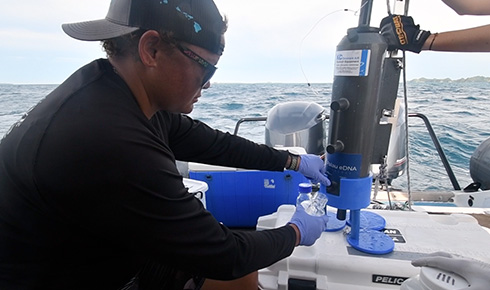
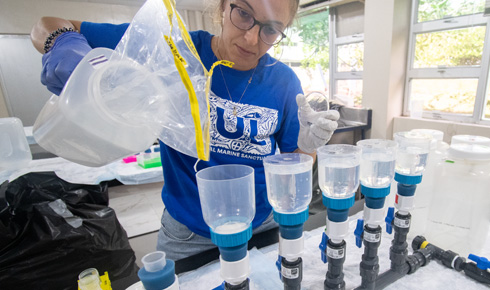
Histological research
One of the main goals of the Palau National Marine Sanctuary is to protect pelagic fisheries, especially tuna! Large spawning events are critical to maintain the tuna’s population but also leave them vulnerable to overfishing. To investigate how the Sanctuary is protecting these spawning events, researchers have partnered with the Belau Offshore Fishers Inc (BOFI) to collect gonad samples from BOFI’s tuna.
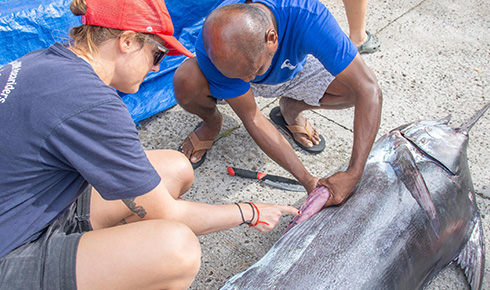
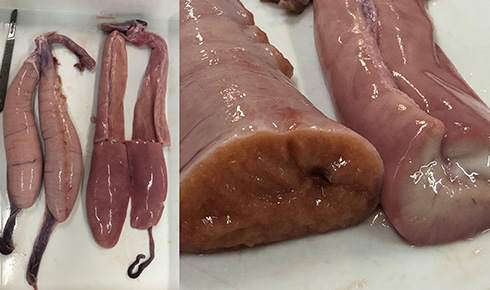
Larval research
Plankton plays a major role in pelagic food webs–phytoplankton and algae are eaten by primary consumers, which in turn are eaten by secondary consumers such as fish, whales and even corals. PICRC is studying zooplankton, in particular fish larvae, to learn more about the diversity within the Palau National Marine Sanctuary and to find out how the PNMS protects key fish species, such as tuna, during their vulnerable larval stage.
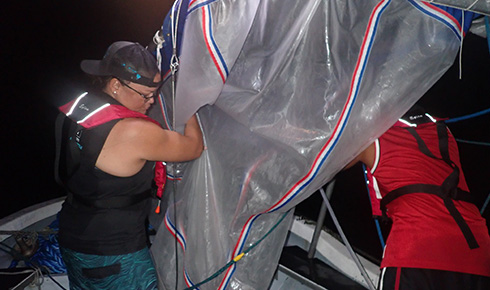

BRUVs
To study the animals spread throughout our vast ocean, researchers use Baited Remote Underwater Videos (BRUVs). BRUVs use bait to attract pelagic animals across large areas and record their size on specialized cameras.
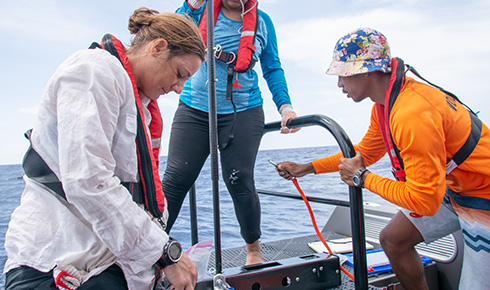

Drop camera
The footage presented here was captured in the depths of Palau’s ocean. PICRC and the National Geographic Society’s Exploration Technology Lab collaborated to explore Palau’s deep ocean using deep-sea camera systems. These cameras were dropped into the ocean and sunk hundreds of meters to the bottom of the ocean. After recording for three hours, the camera disconnected from its anchor and floated to the surface, where it was picked up by the research team.

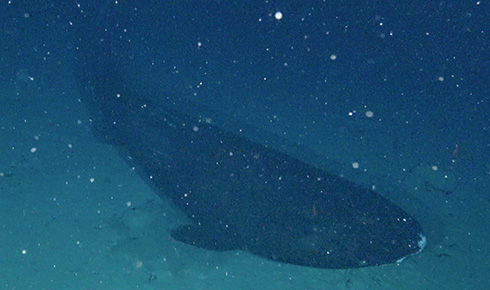
Socio-economic research
To understand the expected values and benefits of the Palau National Marine Sanctuary to the residents of Palau, researchers at PICRC are conducting socio-economic surveys across all 16 states of Palau. The aim is to survey 1400 households.
A pilot study conducted in Airai found that respondents agreed with the potential benefits from the PNMS identified during this study, which included species conservation, replenishment of fish resources, benefits to the nearshore environment and maintenance of Palau’s conservation culture locally and internationally. Findings also suggest that even though there is high support for the PNMS, communities have a limited understanding of it, which emphasizes the need for the development of more effective outreach and education initiatives.


Technical Reports
Partnerships
“Palau’s National Marine Sanctuary: Managing Ocean Change and Supporting Food Security; Report of an Expert Working Group Convened by PICRC and COS”
The Palau International Coral Reef Center, in January 2019, began a working partnership with the Stanford Center for Ocean Solutions to provide essential data and information on the current state of affairs for the PNMS, and the latest relevant research in the fields of fisheries, socio-economics, and ecology. A report, entitled “Palau’s National Marine Sanctuary: Managing Ocean Change and Supporting Food Security; Report of an Expert Working Group Convened by PICRC and COS,” was published in December 2019. It is accessible below, along with an executive summary, appendices, and the PNMS Science Plan.
Reports
Sister Sanctuary: The National Marine Sanctuary of American Samoa
On September 22, 2020, a special partnership was formed: the Palau National Marine Sanctuary (PNMS), and the National Marine Sanctuary of American Samoa (NMSAS) became Sister Sanctuaries. This agreement, solidified by the signing of a Memorandum of Understanding between the Palau International Coral Reef Center (PICRC), the administrator of the PNMS, and the National Oceanic and Atmospheric Administration (NOAA), the administrator of NMSAS.
The purpose of the Sister Sanctuary partnership is to strengthen partnership between small island states seeking to protect large areas of their oceans, as well as to facilitate the exchange of ideas, personnel, and resources.
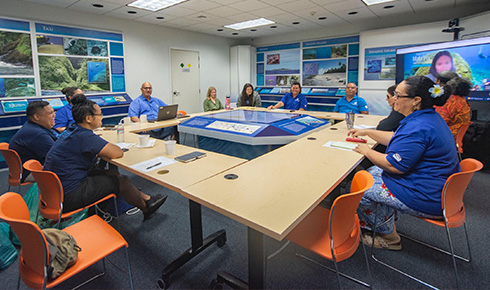

National Marine Sanctuary of American Samoa official website
Updates on the PNMS
Since January 1, 2020, work on the Palau National Marine Sanctuary for its successful implementation continues. See news articles and press releases below, which document the progress.


